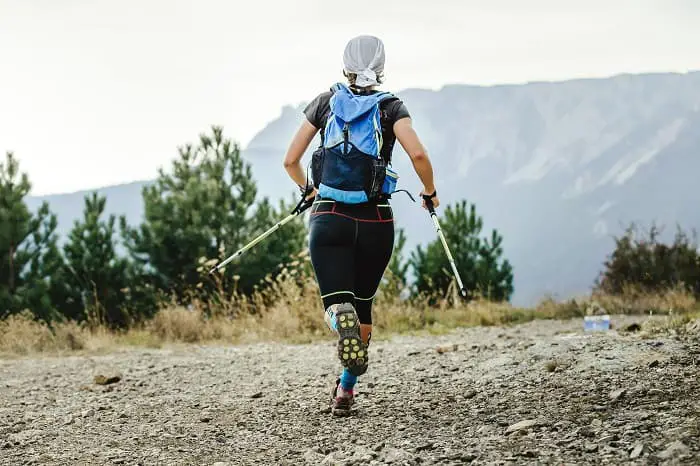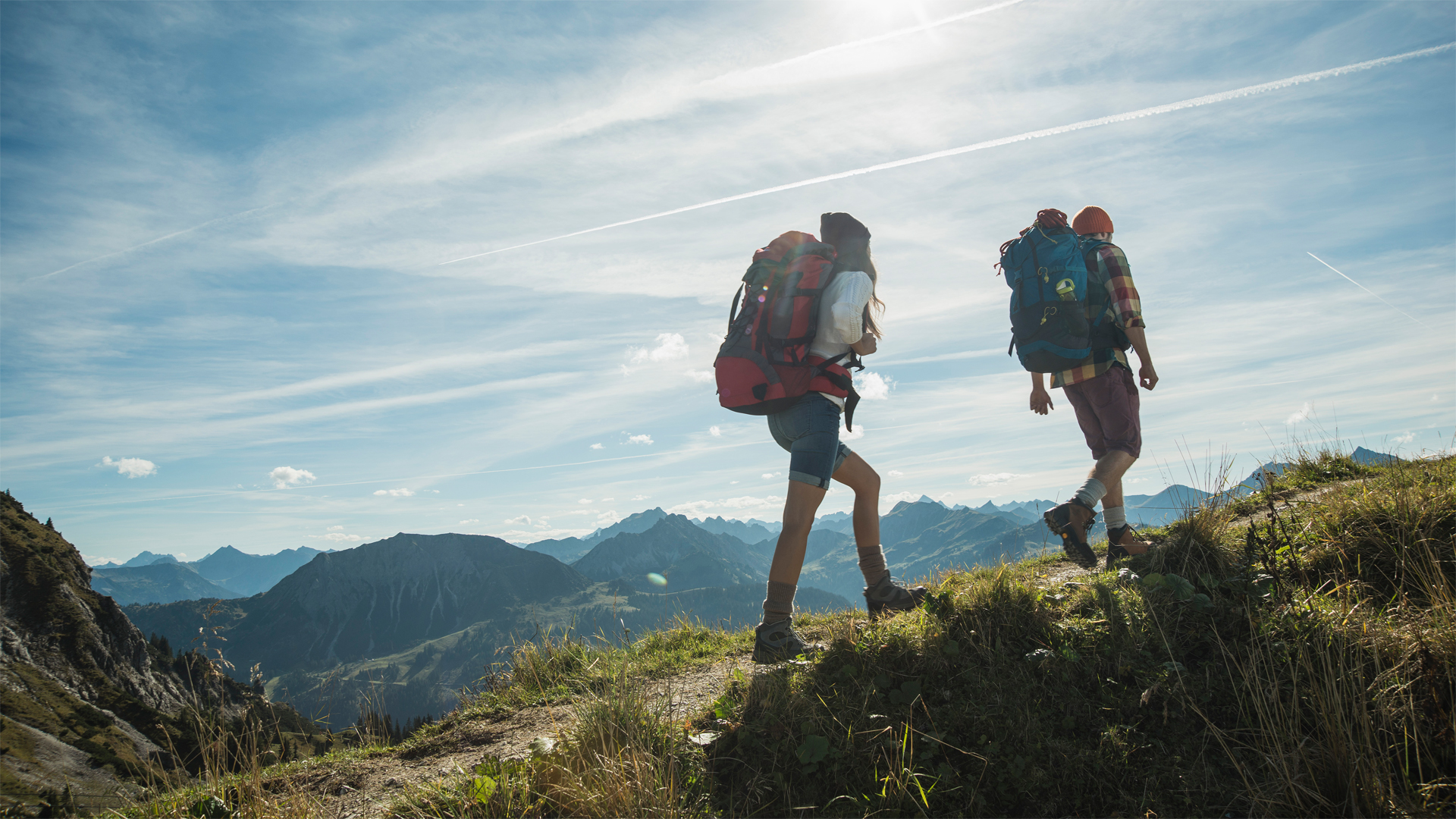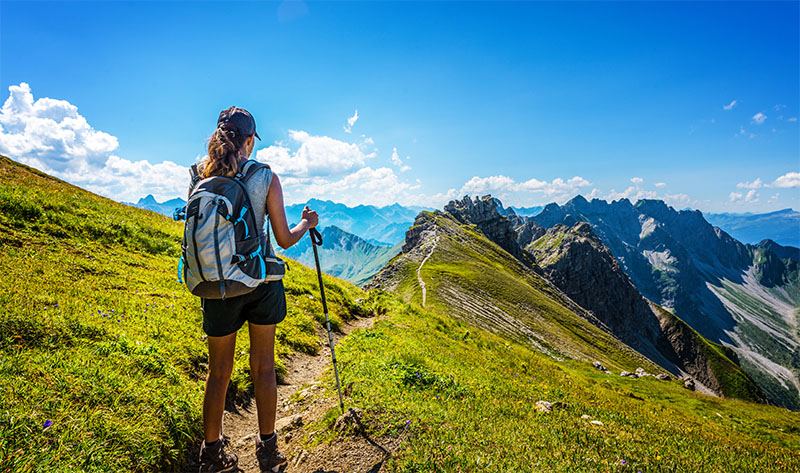What is Considered a Normal Hiking Speed?
Normal hiking speed refers to the average pace at which a hiker can comfortably and safely cover ground on a trail. This speed can vary depending on several factors, including the terrain, fitness level of the hiker, and weather conditions. Generally, the normal hiking speed is around 2-3 miles per hour, but this can increase or decrease based on the trail’s difficulty and the hiker’s experience and fitness level.
How to Determine Your Ideal Hiking Pace
To calculate your own normal hiking speed, consider factors such as your personal fitness level, hiking goals, and experience. A good starting point is to aim for a pace of around 2-3 miles per hour on flat, even terrain. However, keep in mind that this pace may vary depending on the trail’s difficulty and your physical condition.
When determining your ideal hiking pace, it’s important to take breaks and adjust your speed according to the trail’s difficulty. For example, you may need to slow down on steep or rocky terrain to maintain your balance and avoid injury. Similarly, if you’re hiking in hot or humid weather, you may need to take more frequent breaks to stay hydrated and avoid heat exhaustion.
To find your ideal hiking pace, start by tracking your speed and distance using a GPS watch or smartphone app. This will help you get a sense of your average pace and identify areas where you can improve. You can also experiment with different pacing strategies, such as taking shorter, more frequent breaks or incorporating intervals of faster and slower walking.
Ultimately, the key is to find a pace that is both challenging and sustainable, allowing you to cover ground efficiently while still enjoying the natural surroundings.
Typical Hiking Speeds on Different Terrains
Hiking speed can be significantly affected by the type of terrain you’re covering. Here are some examples of average speeds for different terrain types:
- Flat trails: On flat, even terrain, the normal hiking speed is around 3-4 miles per hour. This type of terrain is ideal for maintaining a steady, consistent pace and covering ground efficiently.
- Hilly trails: On hilly terrain, the normal hiking speed may decrease to around 2-3 miles per hour. This is because hiking uphill requires more energy and effort than hiking on flat terrain. To maintain your speed on hilly trails, focus on using your leg muscles to power uphill and allowing yourself to recover on downhill sections.
- Mountain trails: Mountain trails can be particularly challenging, with steep inclines, rocky terrain, and unpredictable weather conditions. The normal hiking speed on mountain trails is typically around 1-2 miles per hour. To improve your speed on mountain trails, focus on building leg strength and endurance through exercises such as squats, lunges, and hill repeats.
In addition to the type of terrain, other factors such as the trail’s elevation gain, technical difficulty, and weather conditions can also impact hiking speed. It’s important to take these factors into account when planning your hike and to adjust your pace accordingly.
The Impact of Fitness Level on Hiking Speed
A person’s fitness level can significantly impact their hiking speed and endurance. Regular exercise, strength training, and cardiovascular endurance can all contribute to improved hiking speed and a more enjoyable hiking experience.
To improve your fitness level for hiking, consider incorporating a variety of exercises into your routine. Cardiovascular exercises such as running, swimming, and cycling can help improve your endurance and overall fitness level. Strength training exercises such as squats, lunges, and deadlifts can help build the leg muscles necessary for hiking uphill and over rough terrain.
Additionally, consider incorporating interval training and hill repeats into your routine. Interval training involves alternating between periods of high-intensity exercise and low-intensity recovery. This type of training can help improve your cardiovascular endurance and overall fitness level, making it easier to maintain a faster hiking speed for longer periods of time. Hill repeats, on the other hand, involve repeatedly hiking up and down a hill or incline. This type of training can help improve your leg strength and endurance, making it easier to tackle steep or challenging terrain.
In addition to improving your physical fitness, it’s also important to focus on mental preparation and mindset. Staying motivated and focused on your hiking goals can help you push through challenging moments and maintain a faster pace. Consider setting specific, achievable goals for yourself, such as hiking a certain distance in a certain amount of time, or improving your hiking speed by a certain percentage.
Overall, improving your fitness level can help you maintain a faster, more efficient hiking speed, making it easier to cover ground and enjoy your time on the trail.
Weather Conditions and Hiking Speed
Weather conditions can have a significant impact on hiking speed and overall hiking experience. Rain, snow, and extreme temperatures can all affect your pace and make it more difficult to navigate the trail.
When hiking in the rain, it’s important to take extra precautions to avoid slipping and falling on wet or slippery surfaces. Consider wearing waterproof boots or shoes and using trekking poles to help maintain your balance. Additionally, be prepared for reduced visibility and longer travel times due to muddy or slick terrain.
Snowy conditions can also impact hiking speed, particularly in mountainous or backcountry areas. Deep snow can make it difficult to navigate the trail, and icy conditions can increase the risk of falls and injuries. When hiking in snowy conditions, it’s important to wear appropriate gear, such as waterproof clothing and insulated boots, and to carry extra supplies such as food, water, and emergency equipment.
Extreme temperatures can also affect hiking speed and safety. In hot weather, it’s important to stay hydrated and take frequent breaks to avoid heat exhaustion or heat stroke. In cold weather, it’s important to dress in layers and to carry extra clothing and supplies to avoid hypothermia or frostbite.
Overall, it’s important to be prepared for a variety of weather conditions when hiking. Check the forecast before setting out and be prepared to adjust your pace and route accordingly. By taking the necessary precautions and being prepared for changing weather conditions, you can hike safely and efficiently, even in challenging weather conditions.
Gear and Equipment Considerations for Hiking Speed
The gear and equipment you choose for hiking can have a significant impact on your speed and overall hiking experience. Here are some tips for selecting gear that balances comfort, safety, and speed:
- Backpack: Choose a backpack that is lightweight and comfortable to wear. Look for features such as padded shoulder straps, a hip belt, and adjustable sternum straps to help distribute the weight evenly and reduce strain on your back and shoulders. Additionally, consider the size and capacity of the backpack, as a larger backpack may weigh more and slow you down.
- Hiking boots: Choose hiking boots that are lightweight, comfortable, and provide good traction on a variety of surfaces. Look for boots that are made from breathable, waterproof materials to keep your feet dry and comfortable in all weather conditions. Additionally, consider the type of terrain you’ll be hiking on and choose boots that are appropriate for the conditions.
- Trekking poles: Trekking poles can help improve your balance and stability on the trail, reducing the risk of falls and injuries. Look for lightweight, adjustable poles that are easy to use and can be adjusted to different heights and terrain types. Additionally, consider the type of pole tip, as some tips may provide better traction on certain surfaces than others.
Overall, it’s important to choose gear and equipment that is lightweight, comfortable, and appropriate for the conditions you’ll be hiking in. By selecting gear that balances comfort, safety, and speed, you can hike more efficiently and enjoyably, without sacrificing safety or performance.
Strategies for Improving Hiking Speed
If you’re looking to improve your hiking speed, there are several strategies you can incorporate into your training routine. Here are some tips for improving your hiking speed and endurance:
- Interval training: Interval training involves alternating between periods of high-intensity exercise and low-intensity recovery. This type of training can help improve your cardiovascular endurance and overall fitness level, making it easier to maintain a faster hiking speed for longer periods of time. To incorporate interval training into your routine, try alternating between periods of fast walking or jogging and slower walking or resting.
- Hill repeats: Hill repeats involve repeatedly hiking up and down a hill or incline. This type of training can help improve your leg strength and endurance, making it easier to tackle steep or challenging terrain. To incorporate hill repeats into your routine, find a hill or incline that is appropriate for your fitness level and hike up and down it several times, taking breaks as needed.
- Strength training: Strength training exercises such as squats, lunges, and deadlifts can help build the leg muscles necessary for hiking uphill and over rough terrain. Additionally, core exercises such as planks and sit-ups can help improve your balance and stability on the trail. To incorporate strength training into your routine, consider joining a gym or fitness center, or working with a personal trainer to develop a customized strength training program.
Overall, incorporating a variety of training strategies into your routine can help improve your hiking speed and endurance. By building your strength, endurance, and cardiovascular fitness, you can hike more efficiently and enjoyably, without sacrificing safety or performance.
Balancing Speed and Enjoyment on the Trail
While improving your hiking speed can be a valuable goal, it’s important to remember that hiking is also about enjoying the natural surroundings and taking in the beauty of the great outdoors. Here are some tips for balancing hiking speed with enjoyment and appreciation of the trail:
- Pace yourself: Instead of trying to maintain a fast pace for the entire hike, consider breaking the hike into smaller sections and taking breaks in between. This can help you maintain your energy and enjoy the scenery without feeling rushed or overwhelmed.
- Take breaks: Taking regular breaks can help you recharge and refocus, allowing you to appreciate the natural surroundings and enjoy the hike more fully. Consider taking breaks every hour or so, or whenever you start to feel fatigued or overwhelmed.
- Stay motivated: Staying motivated on long hikes can be challenging, but there are several strategies you can use to keep yourself motivated and engaged. Consider setting specific goals for yourself, such as reaching a certain distance or elevation, or taking photos of interesting plants or animals along the way.
Overall, balancing hiking speed with enjoyment and appreciation of the natural surroundings is about finding a pace that works for you. By pacing yourself, taking breaks, and staying motivated, you can hike more efficiently and enjoyably, without sacrificing safety or performance.







